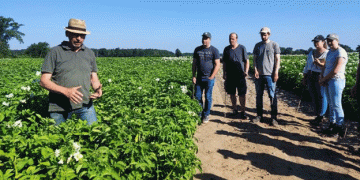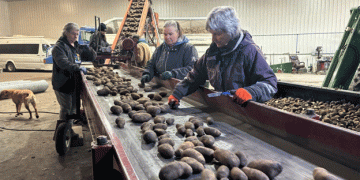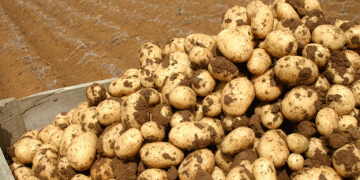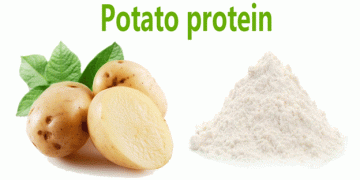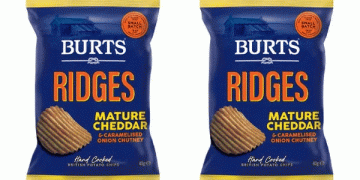The manure policy, announced rules in the context of circular agriculture and the rising costs of fertilizers also present arable farmers with new challenges. During a webinar on fertilization, organized by the National Experimental Garden Precision Agriculture (NPPL) and Farm of the Future, NPPL participant and LTO director Klaas Schenk was part of the panel.

He outlined that the new situation forces the sector to face the facts, but now sees no reason to adjust the fertilization plan on its own farm. He does, however, continue to talk, for example with the sewage treatment plant. “Mineral resources are finite after all and it is a shame to discharge everything into the sea.” Through a series of knowledge questions about circular agriculture, panel leader Pieter de Wolf (project leader making agriculture more sustainable at WUR) mapped out what the nutrient cycle looks like. Together with Tom Hendrickx (CropSolutions), he described the consequences of policy plans for arable farms.
Maintaining organic matter
The panel agreed that arable farmers face a challenge when, as a result of new manure policies and reductions in livestock numbers, they can use less animal manure and have to opt for a broader crop plan. The biggest challenge is to maintain the level of organic matter.
The second is the development of alternatives to fertilizers. According to Schenk, the discussion should mainly focus on this, because these alternatives are currently too expensive, insufficiently available and limited in use.
150 participants at home also responded to statements. With regard to the addition of organic matter, preference was given to using various types of compost. Producing organic matter yourself (growing dormant crops and incorporating crop residues) came second, followed by the cultivation of legumes to fix nitrogen.
The second option could well be imposed in view of the draft 7th action program Nitrates Directive. Here Schenk says that the policy is not aligned with practice. ”A guideline to adjust the building plan has enormous economic consequences, moreover, it is not necessary at all on clay soils. Rules should be made at area level, so that everyone has the space to do business.”
Reuse waste
Wim van Dijk (researcher nutrients and soil WUR) discussed the fertilization plan in more detail, sharing the plan as laid out at the Farm of the Future. He also mentioned the gap in the cycle, the human flows. At the WUR In Lelystad, struvite is used: phosphate that is extracted from sewage by water purification plants. But also blowdown liquor, a liquid fertilizer that mainly contains ammoniacal nitrogen and comes from air scrubbers in stables.
Participants at home foresaw many problems in releasing struvite from drug residues and hormones. According to Schenk, it is already too expensive and will therefore become even more expensive. “Technically it is possible and if circumstances, but also markets and prices for products change, it is worth studying.”
He rather sees a future for sludge and digestate. But he also made reservations here. “Drain lye is used when there is already a crop, because it must be absorbed immediately. It therefore does not work as a basic fertilizer. In addition, manure processing and processing require a lot of energy. We should not solve one nutrient problem and create another environmental problem.” The conclusion was that the sector must adapt, but that policy must also adapt, with more attention to what is happening in the sector.
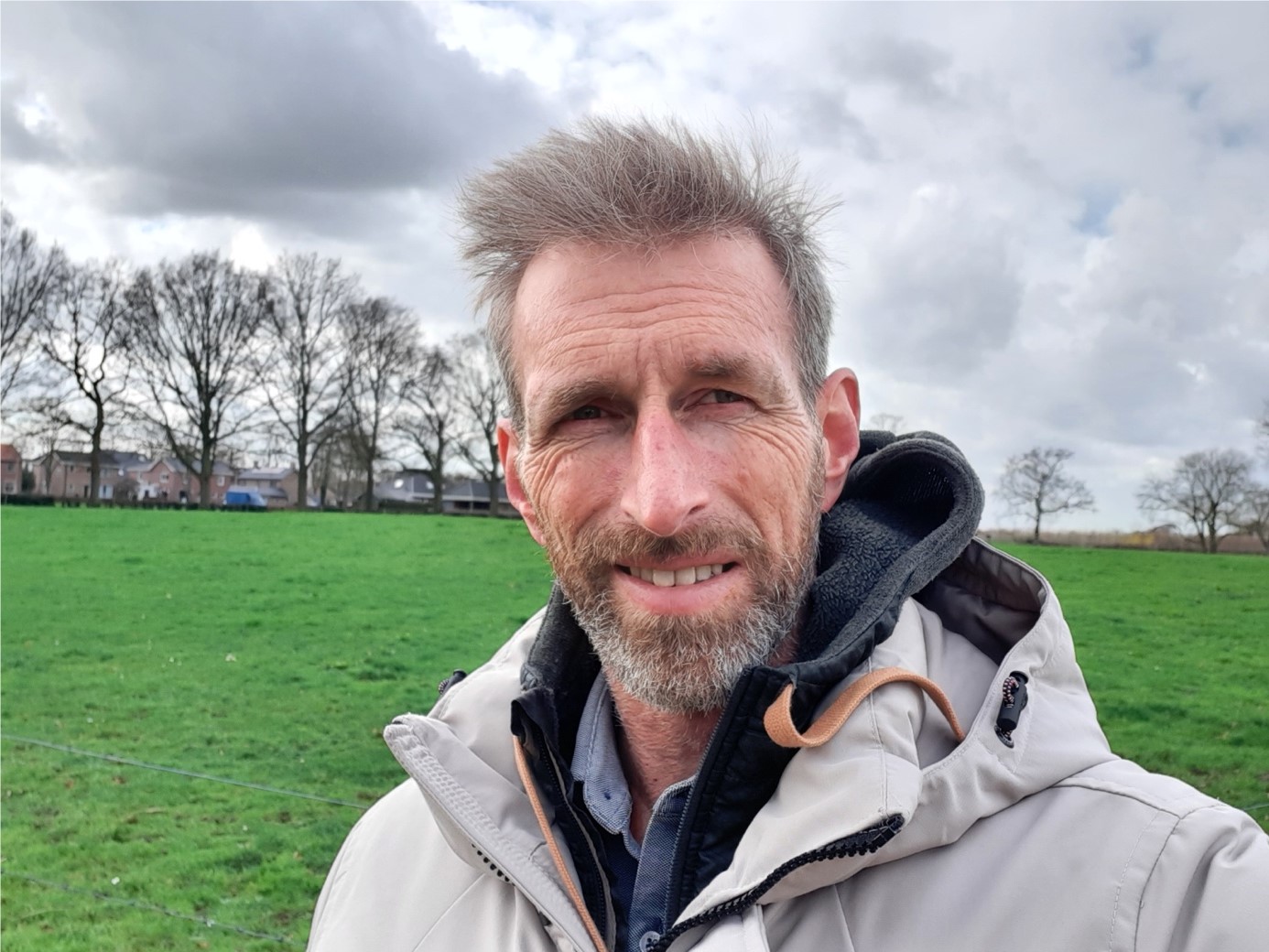
Ideas
In 2021, 34 innovations were already submitted. Many of these ideas were based on improving known principles such as reducing the contact surface, covering the strips and changing the fertilizer composition. Currently, approximately six applicants are looking into whether and how testing will be carried out.
Innovations can be submitted continuously via the website www.bemestopznbest.nl. A second screening round will be held next summer.
Technique and execution
Fertilized at its Best focuses mainly on grassland. The emphasis is therefore on dairy farming. That is where the biggest gains can be made. The program also focuses on machine fertilizer application; the program is therefore not about feeding measures or measures in the barn.
The aim of the program is to bring improvements to existing techniques and principles as well as possible new principles.
Working together
The ambitions are high and the interests high. Real results can only be achieved together. The innovations therefore explicitly come from the market. Farmers, contractors and machine builders in particular are invited to submit their ideas. Where desired, the innovations are treated confidentially. Two independent teams of experts carefully screen the entries. The program helps the applicants of promising ideas to test and further develop their innovation.
partnership
Fertilizing at its Best is carried out by a partnership between Wageningen University & Research (WUR), Nutrient Management Institute (NMI) and Louis Bolk Institute (LBI), RIVM, TNO, the Flemish Institute for Agriculture, Fisheries and Food Research (ILVO). ) and Delphy. There is also cooperation with business consultants who are active in dairy farming. There is regular coordination with interest groups, in particular Cumela, Fedecom and LTO. The ambition is to use all the specific knowledge and experience of these parties in order to make a real difference for the climate and all those involved together.
The program is financed by the Ministry of Agriculture, Nature and Food Quality (LNV). It started in July 2021 and will run until 2024.


